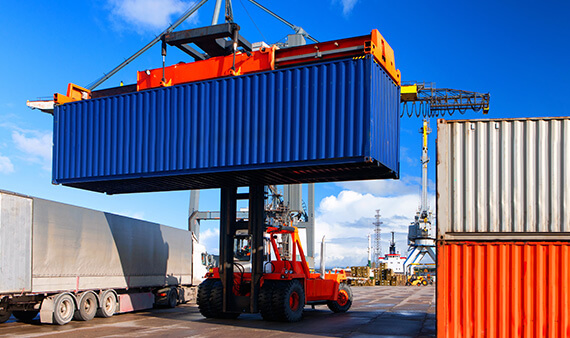Wind turbines are an important part of the world’s growing renewable power generating capacity, ranging from individual turbines installed on farms and other remote locations, to large onshore and offshore wind farms with capacity in excess of 100 kW.
The consistent nature of wind power means electricity can be generated around the clock, even in relatively calm conditions, and does not suffer from the day/night cycle of solar power or the cyclical nature of tidal generation.
As a result, wind power is the first choice in many locations, and the risk of financial loss and material damage due to a fire is huge. Fires can start without warning in turbine gearboxes and other moving components, due to heat from friction and the presence of flammable lubricants.
When a fire does break out, the damage to the turbine can be catastrophic, often leading to a total loss. Fire can also spread to surrounding areas, especially in rural wind farms where an extensive wildfire can occur.
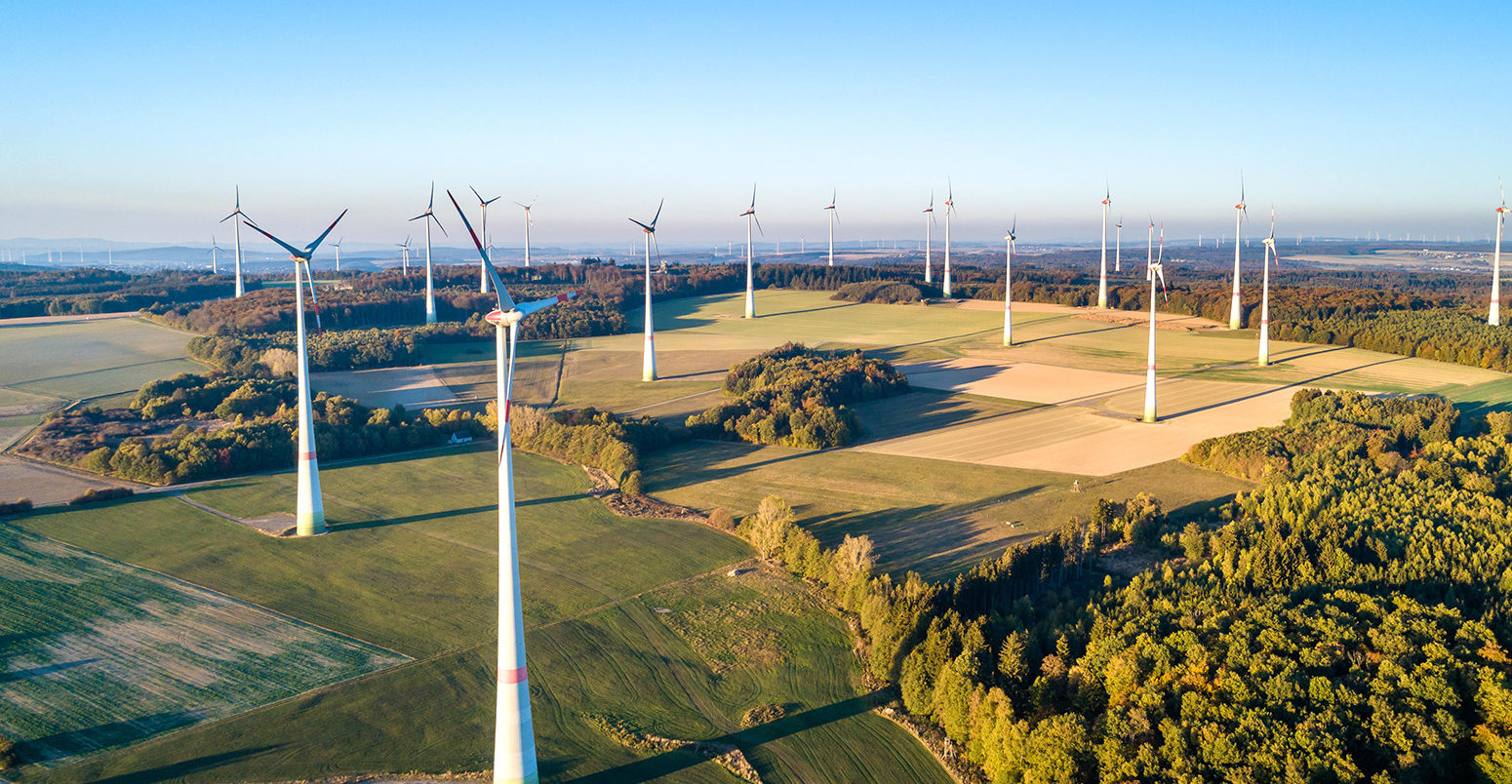
Request A Quote
Tackling a Growing Problem
As wind power generation has grown in capacity and significance to the UK & Ireland markets, Merlin’s engineers have worked from its earliest days to develop uniquely suitable fire detection and suppression systems for the sector.
This includes technologies to monitor for the outbreak of fire due to mechanical failure, electrical fires triggered by lightning strikes, and all other potential causes.
In the event of a fire, our suppression systems can go to work, dispensing chemical agents to starve the flames of oxygen and/or fuel, and where necessary this can be achieved without using water – often an essential consideration in electrical fires.
This containment is even more important in remote wind farms, where it may be difficult for emergency services to reach the location quickly or to provide an effective response. Our systems give them extra time and, where possible, extinguish the fire directly without human intervention.
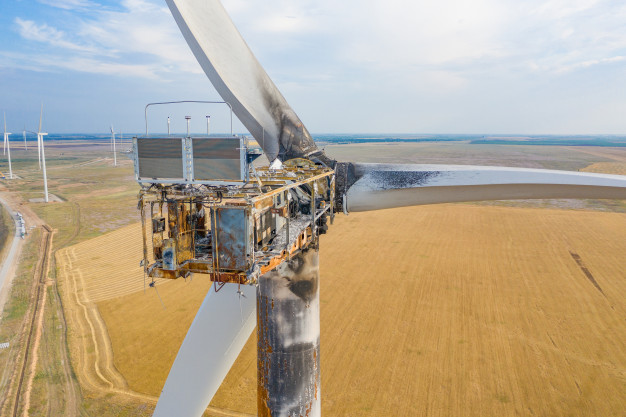
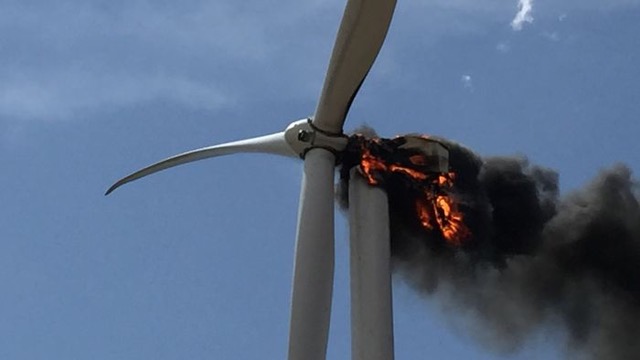
Related Risks: BESS
Battery Energy Storage Systems (BESS) are increasingly used to store renewable power from the moment of generation until it is required by the grid.
This helps to smooth out some of the variability issues mentioned above, but it also means large potential energy is stored in BESS systems, which face the significant fire risks associated with all battery storage.
We can advise on appropriate fire precaution systems for BESS installations, dispensing compressed air foams and other wet agents if the outbreak of fire is detected, so that the flames do not have chance to ignite the highly combustible chemicals in the battery cells.
Fire risks in wind turbines and wind farms
The more wind farms there are, the greater threat wind turbine fires pose to the UK’s energy supply. Wind turbines are often built in remote locations, which offer great potential for energy generation, due to stronger wind speeds, but this can make rapid response difficult.
According to the Global Wind Energy Council’s Annual Wind Report 2019, total global wind generation capacity passed 650GW and rose by 10% from 2018 alone. Of the 60GW of new installations, 6GW (10%) was offshore, a record high.
The UK ranks in the top five markets worldwide for new wind energy installations, and it is the single largest producer of offshore wind. In 2019, UK offshore wind capacity grew by 1.8GW and now accounts for one third of the approx. 30GW of offshore capacity worldwide.
Fires in wind turbines can be catastrophic. According to the International Association for Fire Safety Science (IAFSS), 90% of turbine fires lead to total destruction of the turbine or economic losses due to downtime. Up to 30% of reported turbine accidents in any one year are fire-related, the second biggest cause of incidents after blade failure.
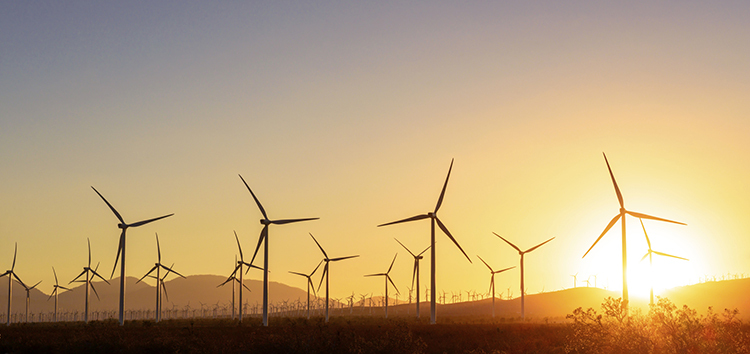
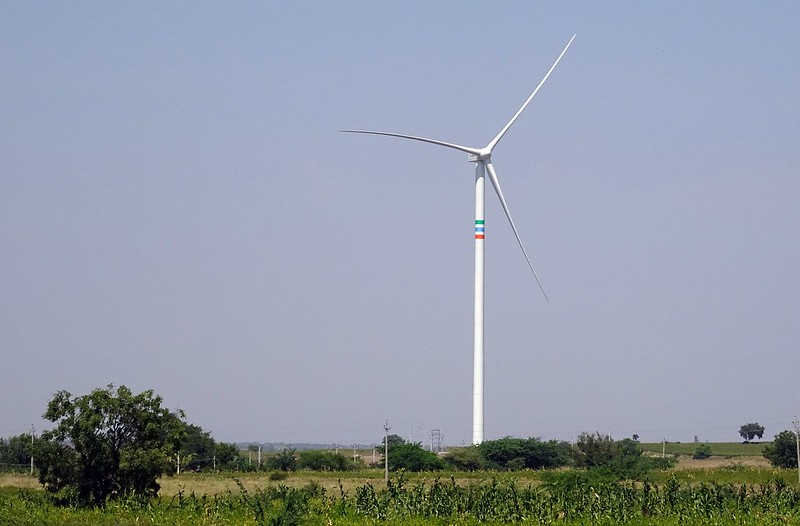
Get in Touch Today
Merlin’s engineers are on hand to help with any enquiries, whether big or small, and no matter how early-stage you may be in deciding what you want.
Our expertise is here for you, and we can arrange a no-obligation on-site assessment of your wind power facility, to advise on the risks we think are most in need of mitigation.
To do this, we draw on our many years of experience working with the wind power sector, as installations have increased in size and turbines have become larger and more powerful.
For more information, get in touch today using any of the details on our Contact page, and tell our team what you need to know.


